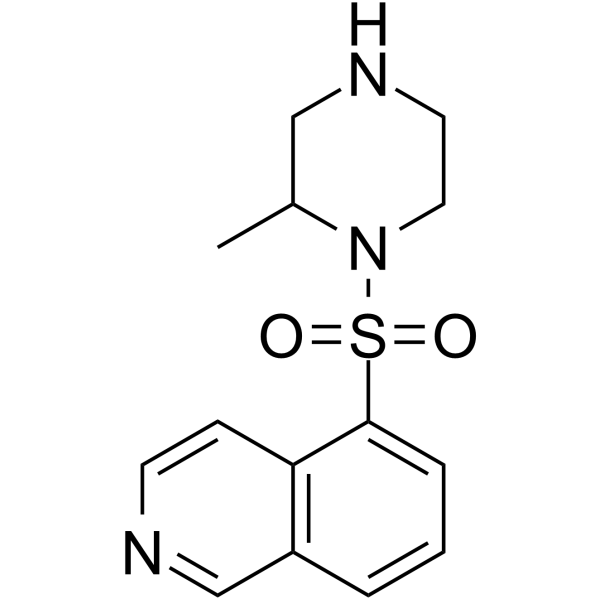
6,7-Dihydro-2H-cyclopenta[c]pyridazin-3(5H)-one
CAS No. 122001-78-9
6,7-Dihydro-2H-cyclopenta[c]pyridazin-3(5H)-one( 6,7-Dihydro-5H-cyclopenta[c]pyridazin-3-ol | 2H,3H,5H,6H,7H-cyclopenta[c]pyridazin-3-one | ZINC4342676 )
Catalog No. M28553 CAS No. 122001-78-9
6,7-Dihydro-2H-cyclopenta[c]pyridazin-3(5H)-one is an intermediate used to synthesize Pyridazine derivatives.
Purity : >98% (HPLC)
 COA
COA
 Datasheet
Datasheet
 HNMR
HNMR
 HPLC
HPLC
 MSDS
MSDS
 Handing Instructions
Handing Instructions
| Size | Price / USD | Stock | Quantity |
| 5MG | 45 | Get Quote |


|
| 10MG | 68 | Get Quote |


|
| 25MG | 115 | Get Quote |


|
| 50MG | 173 | Get Quote |


|
| 100MG | 258 | Get Quote |


|
| 200MG | 388 | Get Quote |


|
| 500MG | 737 | Get Quote |


|
| 1G | Get Quote | Get Quote |


|
Biological Information
-
Product Name6,7-Dihydro-2H-cyclopenta[c]pyridazin-3(5H)-one
-
NoteResearch use only, not for human use.
-
Brief Description6,7-Dihydro-2H-cyclopenta[c]pyridazin-3(5H)-one is an intermediate used to synthesize Pyridazine derivatives.
-
Description6,7-Dihydro-2H-cyclopenta[c]pyridazin-3(5H)-one is an intermediate used to synthesize Pyridazine derivatives.
-
In Vitro——
-
In Vivo——
-
Synonyms6,7-Dihydro-5H-cyclopenta[c]pyridazin-3-ol | 2H,3H,5H,6H,7H-cyclopenta[c]pyridazin-3-one | ZINC4342676
-
PathwayOthers
-
TargetOther Targets
-
Recptor——
-
Research Area——
-
Indication——
Chemical Information
-
CAS Number122001-78-9
-
Formula Weight136.15
-
Molecular FormulaC7H8N2O
-
Purity>98% (HPLC)
-
Solubility——
-
SMILESO=c1cc2CCCc2n[nH]1
-
Chemical Name——
Shipping & Storage Information
-
Storage(-20℃)
-
ShippingWith Ice Pack
-
Stability≥ 2 years
Reference
1.Na Ri Kim, et al. Discovery of a new and efficient small molecule for neuronal differentiation from mesenchymal stem cell.
molnova catalog



related products
-
Teriparatide acetate
Teriparatide (Human parathyroid hormone-(1-34)) is a PHT agonist, with an IC50 of 2 nM in HEK293 cells.Teriparatide is a recombinant form of parathyroid hormone.?
-
Allisartan Isoproxil
Allisartan Isoproxil, an angiotensin II receptor antagonist, is used to treat mild to moderate essential hypertension.
-
MGP-pNA
MGP-pNA



 Cart
Cart
 sales@molnova.com
sales@molnova.com


